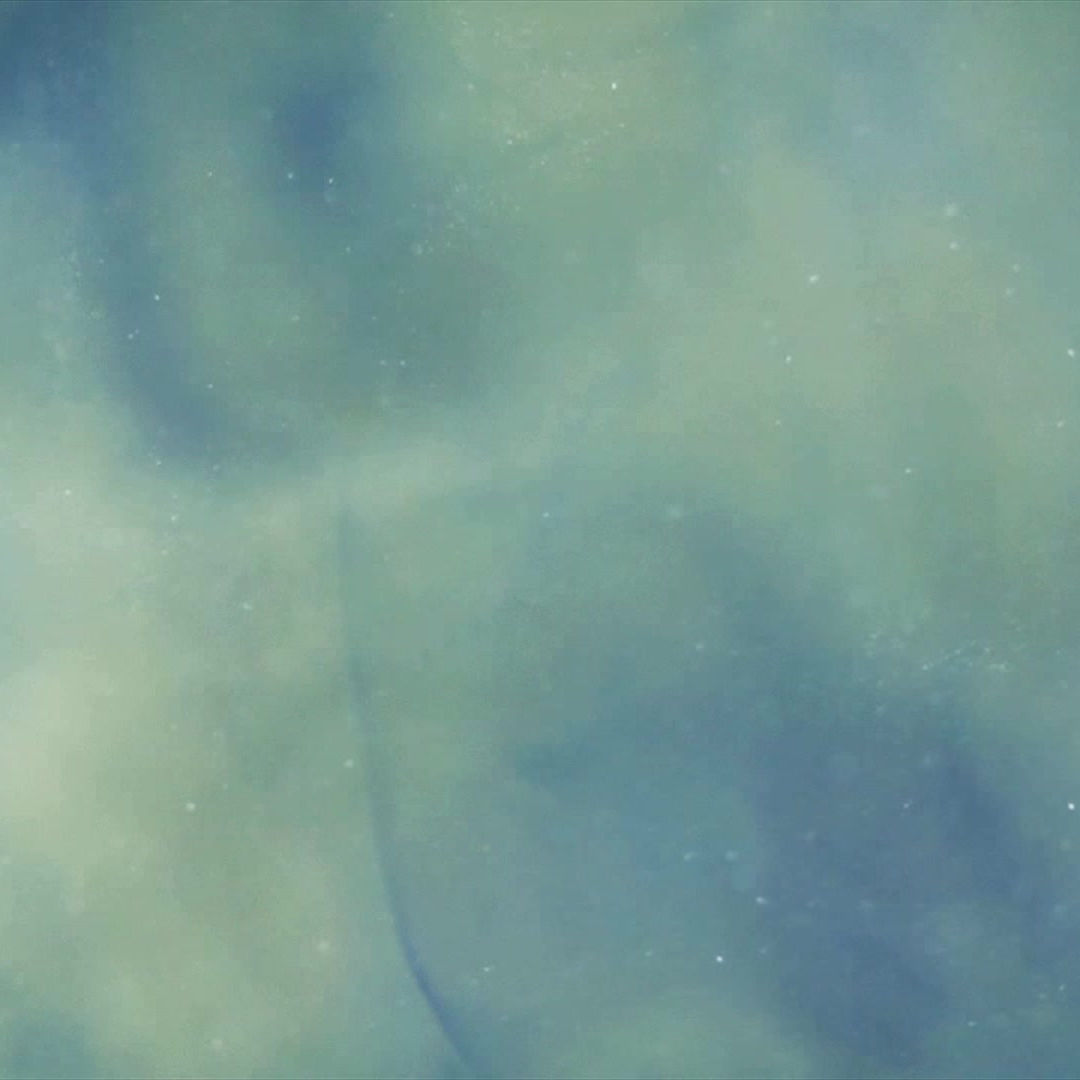What Should You Do If You Get A Positive Legionella Result?
- Lisamarie Lamb
- Oct 15, 2020
- 3 min read
It’s good – recommended, in fact – to have your building’s water systems tested regularly for legionella bacteria. Depending on the risk within your building and the people who work, live, study, or visit there, this might need to be done quarterly, every six months, or some other regularity you and your water treatment service provider can determine between you.
Although it might seem easier not to have the tests done – after all, if you don’t test, you don’t get positive results – that doesn’t mean you don’t have legionella bacteria within your water systems. All it means is you’re not carrying out your duty of care in the way you should, and if anyone contracts legionnaires’ disease, you will be liable (this can even extend to a charge of corporate manslaughter should anyone die, and this involves a lengthy prison term).
So you will want to have a regular testing regime set up. If you need any advice on the number of tests and the how many times a year they should be taken, don’t hesitate to get in touch with Assured Water. We use a UKAS accredited laboratory and have stringent testing methods to get you your results as quickly as possible.

What Happens With A Positive Result?
If the results of your legionella tests come back negative, you simply need to continue maintaining good legionella control as you have been in the past – it is not an indication that you should stop testing.
If, however, the tests come back positive, there are some immediate actions you will need to carry out.
As laid out in the HSE’s Legionnaires’ Disease Technical Guidance Part 2, if the result comes back as between 100 and 1000 cfu/l (colony forming units per litre) the first step is to take a resample are thoroughly flushing and cleaning the outlet. If the second result is positive, your water treatment expert must determine a set of remedial actions to be implemented. Firstly, a review of your control measures should be carried out, and a risk assessment undertaken if your current one is out of date. The system should be completely disinfected. Once this is done, another sample should be taken. If positive, the remedial actions will need to be repeated until a negative result is found, and in the meantime the water system should be put out of use.
If the sample has more than 1000 cfu/l then the initial resample should not take place until the cleaning and disinfection and investigation has been done.
Remedial Works
If you have a positive result in your legionella test, corrective measures will need to be introduced in some cases. This could mean carrying out a clean of your cold water storage tank and a chlorination, for example. It might mean cutting back deadlegs or flushing the system more regularly. It could simply mean a better cleaning regime put in place so that the taps aren’t left dirty.
It will depend on the extent of the work needed as to how much these remedial works will cost. Some you can do yourself, and others will need expert help – if you need a new cold water storage tank, for example, this will need to be carried out by a professional company.
Speak to your water treatment adviser about how to cost the work that needs to be done, and the best way to go about it. Remember, unless you do the work you will continue to get positive results, and you could be putting lives at risk, so it is imperative you put the wheels in motion as soon as possible, whatever they might be for.


Comentarios